Welcome!

The entry-level occupational therapy doctoral degree program is accredited by the Accreditation Council for Occupational Therapy Education (ACOTE) of the American Occupational Therapy Association (AOTA), located at 7501 Wisconsin Avenue, Suite 510E, Bethesda, MD 20814. ACOTE’s telephone number c/o AOTA is (301) 652- AOTA and its web address is www.acoteonline.org. Graduates of the program will be eligible to sit for the national certification examination for the occupational therapist administered by the National Board for Certification in Occupational Therapy (NBCOT). After successful completion of this exam, the individual will be an Occupational Therapist, Registered (OTR). In addition, all states require licensure to practice; however, state licenses are usually based on the results of the NBCOT Certification Examination. A felony conviction may affect a graduate’s ability to sit for the NBCOT certification examination or attain state licensure.
The entry-level Doctor of Occupational Therapy (OTD) at the University of Texas Rio Grande Valley (UTRGV) is a professional clinical doctorate degree program that is grounded in the belief that humans are complex beings and that, through active engagement with the internal and external environments, individuals evolve, change, and adapt.
The OTD curriculum provides students with hands-on learning supported by theory and evidence-based practice, so they are ready to excel in any practice setting they choose upon graduation. Graduates will be grounded in the core values of occupational therapy, evidence-based practice, and active learning.
Some strengths of the OTD program include its affordable tuition, small class size, and the diversity of the students and faculty. The unique geography and culture of the Rio Grande Valley afford the OTD program expanded research opportunities, clinical intervention development, population and community interaction, and educational events with a Hispanic population.
You are invited to a Virtual Information Session to explore the UTRGV OTD degree program. Please register in advance to receive the Zoom link.
Application Opens: OTCAS July 18
Program Application Deadline: OTCAS Deadline November 1
Class Start: Summer Term (June)
Apr 23, 2025 12:00 PM: Register here Meeting ID: 876 233 3930
May 14, 2025 12:00 PM: Register here Meeting ID: 876 233 3930
Jun 11, 2025 12:00 PM: Register here Meeting ID: 876 233 3930
July 16, 2025 12:00 PM: Register here Meeting ID: 876 233 3930
August 13, 2025 12:00 PM: Register here Meeting ID: 876 233 3930
September 17, 2025 12:00 PM: Register here Meeting ID: 876 233 3930
October 15, 2025 12:00 PM: Register here Meeting ID: 876 233 3930
November 12, 2025 12:00 PM: Register here Meeting ID: 876 233 3930
The total number of graduates from the University of Texas Rio Grande Valley Entry-Level Doctorate program during the 1-year period 2024 (most current) was 13 with an overall graduation rate of 100%.

Academic Programs
Doctorate
Occupational Therapy (OTD)
Doctor of Occupational Therapy
Program Modality: Campus
The Doctoral degree in Occupational Therapy prepares students to become highly qualified entry-entry level, occupational therapists. The holistic curriculum integrates didactic and experiential learning in a variety of settings, providing students with entry-level skills in clinical practice, administration, clinical research, leadership, program and policy development, advocacy, education, and theory development. Didactic and experiential learning creates reflective and holistic practitioners who understand the complexity of occupational engagement and systems across a variety of settings, populations, and geography. Partnerships with local health care systems, clinics, and non-profit organizations further give students clinical and critical thinking skills to assume leadership roles in the community as ethical and capable practitioners.


